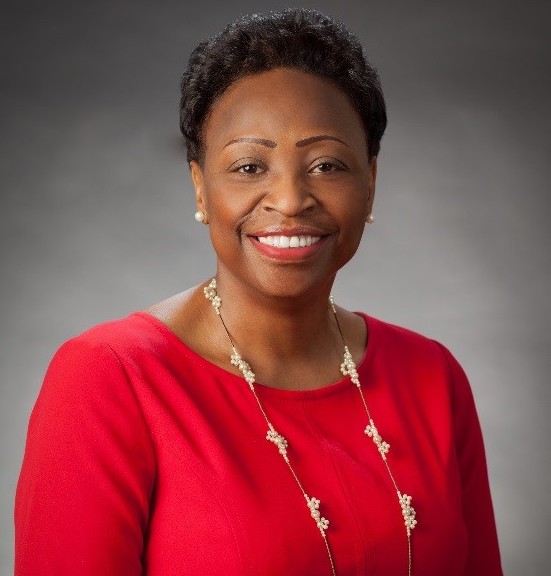This post originally appeared on the PIE Network site on August 18, 2017.
By Dr. Lillian Lowery
I started my career as a middle school English teacher in my hometown, Gastonia, N.C. My principal was Frances Jane Spencer, the daughter of a White mill worker who often shared a compelling story of overcoming class barriers and benefiting from someone close to her giving her a chance to excel. So, when I showed up on the recommendation of a family friend who also happened to be the district assistant superintendent, I was in good hands.

Spencer was ready to pay it forward and assigned me opportunities not often afforded first-year teachers or even teachers of color, who—according to our research—are often limited to disciplinarian roles. I taught “gifted” students, sponsored the school newspaper, and served as cheerleading coach … just for kicks.
A few years later, I moved to northern Virginia—first to Alexandria City Public Schools, then to Fairfax County—and later to Delaware and Maryland.
I WENT FROM LEADING A CLASSROOM TO LEADING A DEPARTMENT, A SCHOOL, A DISTRICT, AND A STATE.
I worked hard to be prepared when opportunities knocked. But, all along the way, trusted advisers and mentors like Principal Spencer provided me with access to those opportunities, allowing me to grow both professionally and personally.
Unfortunately, many Black teachers—those passionate about their work and with ambitions to advance their careers— say this is what they are missing: access to developmental learning experiences. Instead of being given the chance to teach college-level courses or lead a content team, they are often limited to acting as enforcers or teaching only Black students. I heard it from teachers of color in Maryland and Delaware as I traveled through both states listening to educators. And last year, The Education Trust crystallized this sentiment in a qualitative study, “Through Our Eyes: Perspectives and Reflections From Black Teachers.”
The study’s authors held focus groups with more than 150 Black teachers in traditional public and public charter schools in seven states, collecting the feedback and experiences from a representative sample of Black teachers in America. Ultimately, the data indicated that many African American teachers feel that their development is stifled by deep-seated barriers evident in school cultures and systemic processes.
And that hurts more than just teachers.
STUDENTS OF ALL RACES AND ETHNICITIES BENEFIT FROM A DIVERSE TEACHING STAFF THAT BRINGS AN ARRAY OF BACKGROUNDS AND CONTEXTS BEYOND THEIR OWN.
And for low-income Black students particularly, a teacher who looks like them can be life-changing: Recent research shows that if they have a Black teacher for at least one year in elementary school, they are less likely to drop out of high school later and more likely to consider college.
What the Ed Trust report and my own experiences as a state-level leader make clear is that as we look to bring more Black teachers into the profession, we must focus on creating pathways for their development and growth — because this issue is not only about recruitment, but about retention, too. Opportunity often depends on being in the right place at the right time.
SCHOOL AND DISTRICT LEADERS PLAY A ROLE IN MAKING SURE THOSE “RIGHT PLACES” AND “RIGHT TIMES” ARE JUST AS AVAILABLE TO BLACK TEACHERS AS THEY ARE TO OTHERS.
We, as advocates, can help our states and districts keep this issue top of mind by pushing for initiatives that attract and support Black teachers and for school cultures that value diversity. We should work toward a profession that isn’t lucky to have leaders like Principal Spencer who mentored me, but one that demands leaders like her for all teachers.
